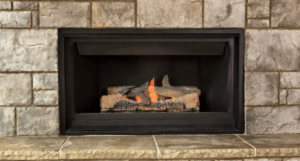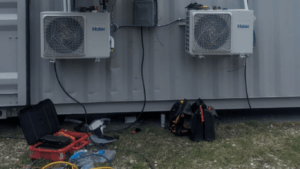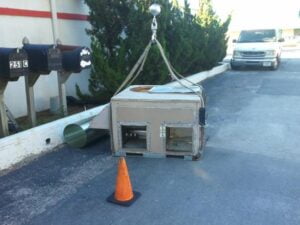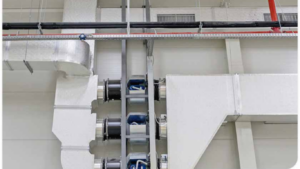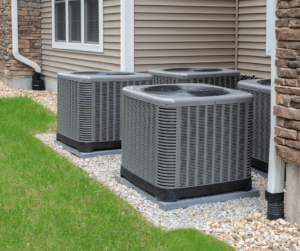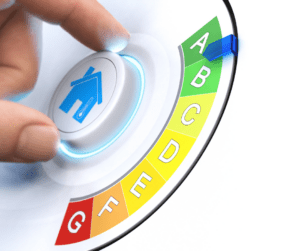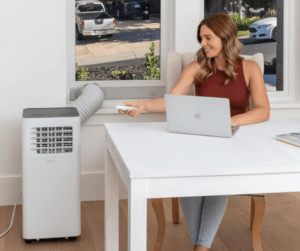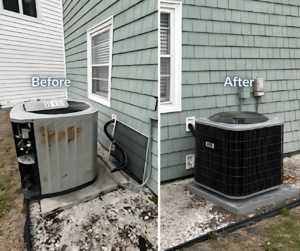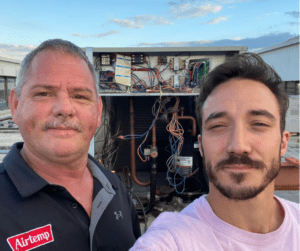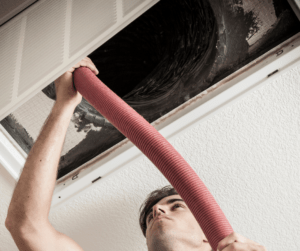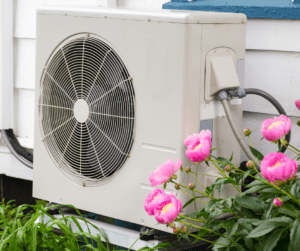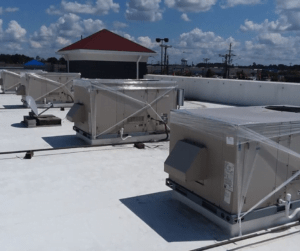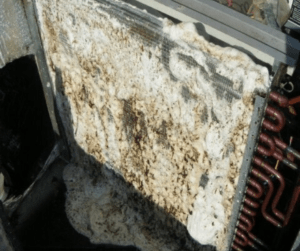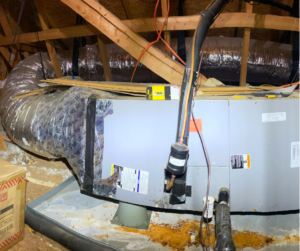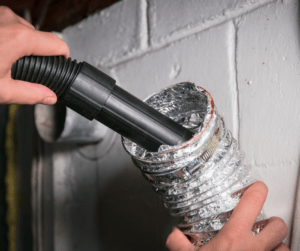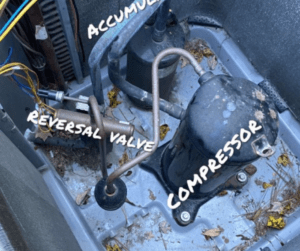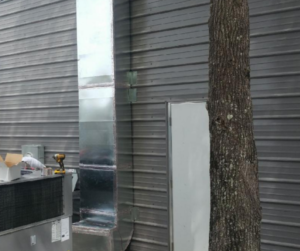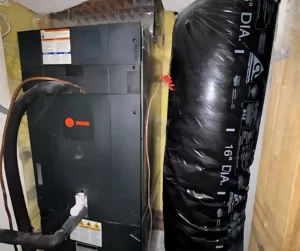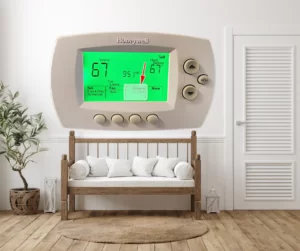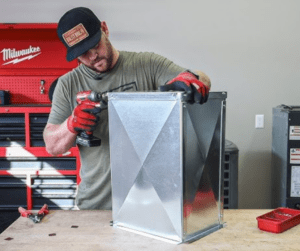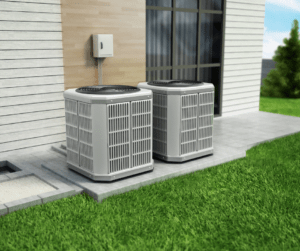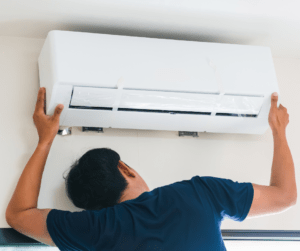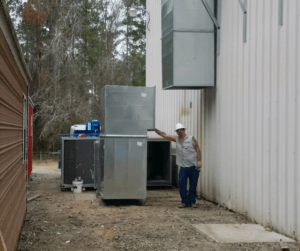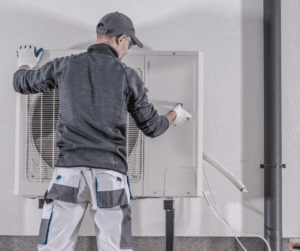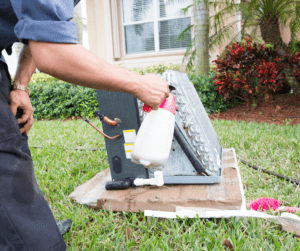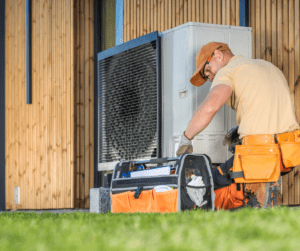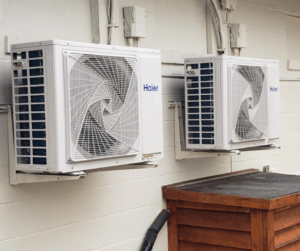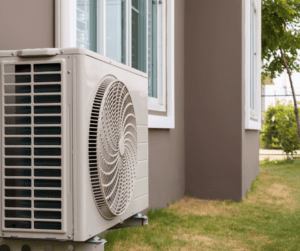How to Clean Your Ductwork Properly
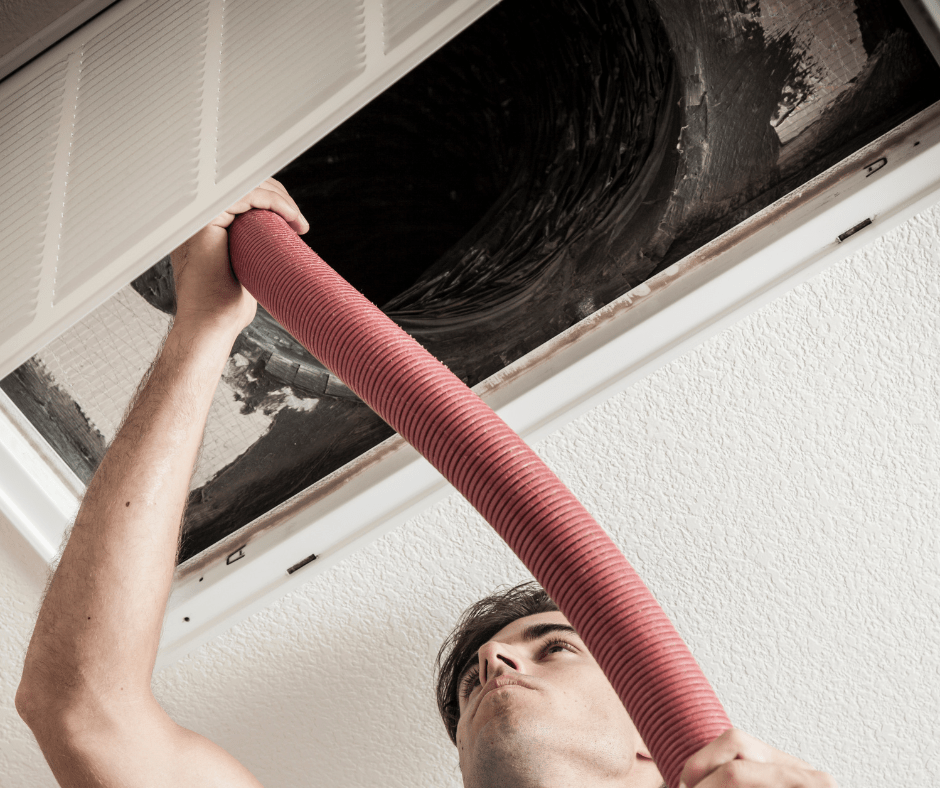
Introduction to Ductwork Cleaning
Ductwork cleaning is crucial for keeping your home’s air clean and your HVAC system running smoothly. Over time, ducts can collect dust, allergens, and debris, which can negatively affect air quality and strain your HVAC system.
If you clean your ductwork regularly it can make a significant difference in your home’s air circulation, helping to reduce the load on your HVAC system and extend its life. In this blog post, we’ll walk you through how to clean your ductwork properly, ensuring that your home remains a comfortable and healthy place to live.
Assessing Your Ductwork
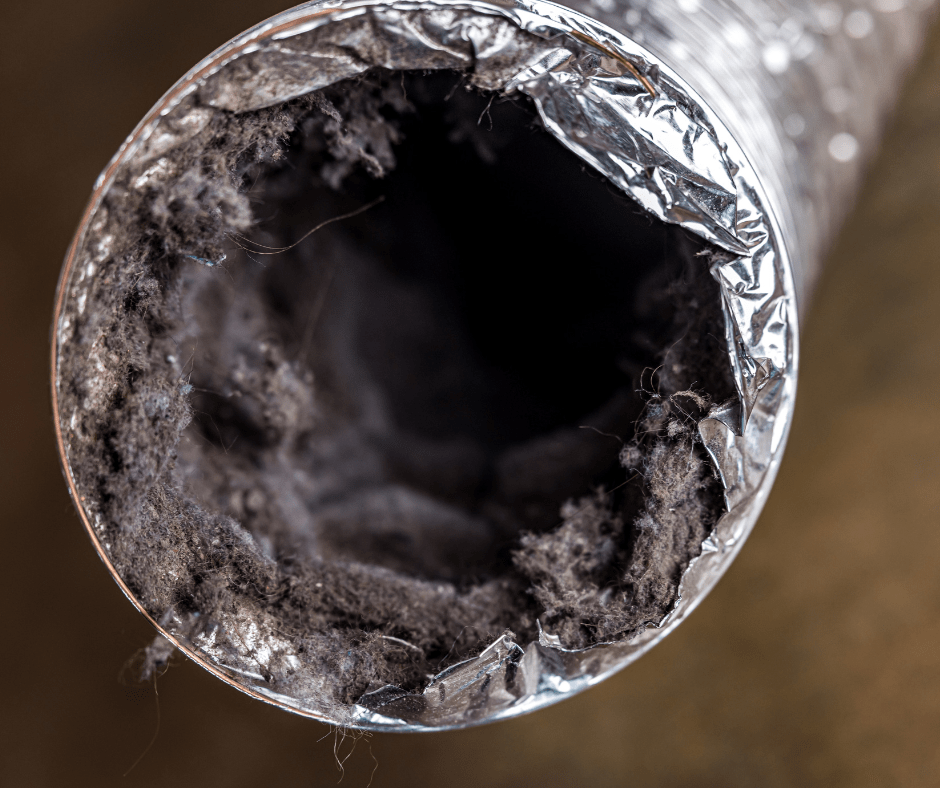
To determine if you need to clean your ductwork, start by observing a few key signs. If you see a noticeable increase in dust around your home, or if a musty smell is coming from your vents, these are strong indicators. Pay attention to any unexplained allergies or respiratory problems that seem to be affecting members of your household; dirty ducts could be the cause. Take a close look at the vent openings—if you spot dust and debris around them, it’s likely time to clean the ductwork.
Next, perform a visual inspection of your ductwork. Remove a few vent covers and use a flashlight to peek inside. If you see layers of dust, dirt, or any other debris, it’s a clear sign that cleaning is needed. Don’t ignore the presence of mold or mildew, as these can pose health risks and may require a heating and cooling professional intervention.
Listening to your HVAC system can also offer clues. If it’s running noisily or more frequently than usual, it might be struggling due to dirty ducts. An efficient system should operate quietly and cycle on and off at regular intervals. Unusual sounds can indicate blockages or buildups that are impacting your hvac systems performance.
Remember to consider the age of your home and HVAC system. Older systems and homes that have undergone recent renovations are more likely to have accumulated dust and debris in the ducts. If it’s been a while since your last cleaning or if you’ve never had it done, these factors alone may justify a thorough cleaning.
In addition, if you have pets, their fur and dander can quickly accumulate in the ducts, contributing to poor air quality in your office building or home. Regularly monitoring these factors can help you decide when it’s time to give your ductwork some attention.
Finally, if you’re still uncertain, consider investing in an air quality monitor. These devices can measure particulate matter and other pollutants in your air, giving you a clearer idea of when you need to clean your ductwork.
Gathering Necessary Tools and Supplies To Clean Your Ductwork
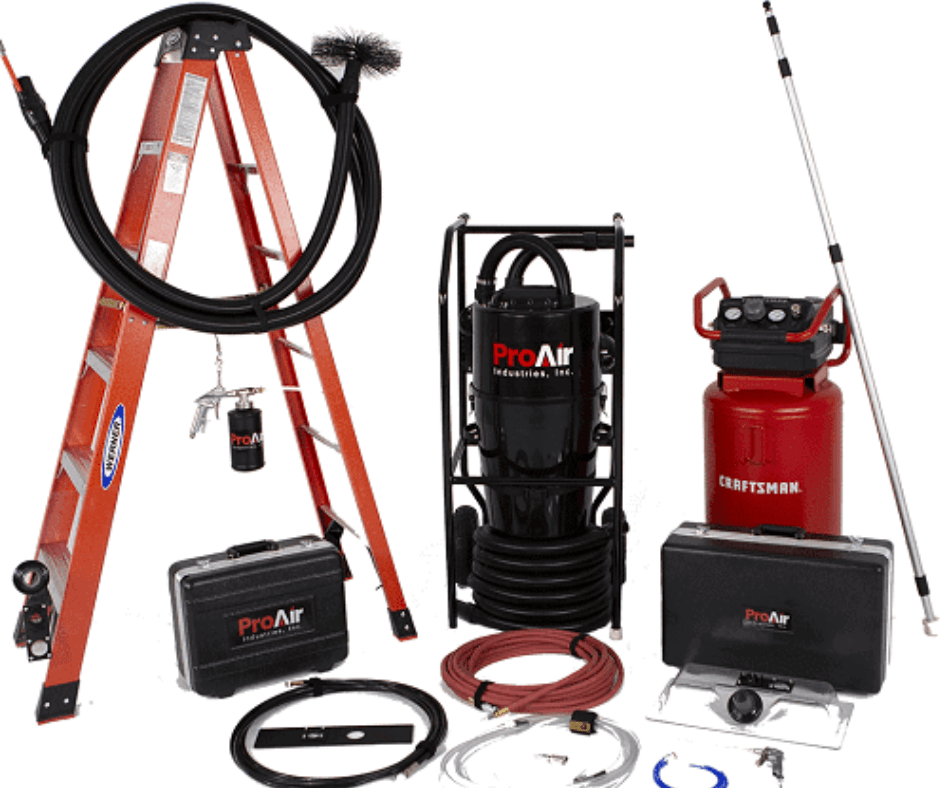
To get started with cleaning your ductwork, you’ll need to gather a few key tools and supplies. First, a high-powered vacuum cleaner with a long hose attachment is essential for reaching deep into the ducts and effectively removing dust and debris. You will also need a screwdriver to remove the vent covers. A brush or microfiber cloth is handy for wiping down surfaces and getting into tighter spaces within the ducts.
For cleaning, a safe and effective HVAC ductwork cleaning solution is crucial. Choose a solution that’s specifically designed for use in ducts to avoid any damage or lingering chemicals that could affect air quality. Protective gear, such as gloves and a dust mask, is also important. This gear helps you stay safe from dust and allergens that can be stirred up during the cleaning process.
In addition to these basics, having a flashlight can make it easier to see inside the ducts and ensure a thorough job. Some people also find it helpful to have a small mirror to get a better view of hard-to-see areas.
A soft-bristled brush can be useful for loosening any stubborn dirt or buildup. If you encounter any screws or fasteners, a set of pliers might come in handy. For deeper cleaning tasks, an extendable duster can help reach into areas that are farther away.
Make sure to keep a bag or container nearby to collect the dust and debris as you clean. This will make it easier to dispose of the waste afterward. If you’re dealing with particularly dirty or large ductwork job, having extra vacuum cleaner bags or a secondary container can be useful.
By gathering these tools and supplies, you’ll be well-prepared to tackle your ductwork cleaning project efficiently and effectively.
Step-by-Step Cleaning Process
Begin by gathering all your necessary tools and supplies to sucessfully clean your ductwork. Start with the vent covers by using your screwdriver to remove them carefully. Clean these with soap and water, then set them aside to dry completely. Next, take your vacuum cleaner with the hose attachment and reach as far into the ducts as you can. Make sure to move slowly and methodically to capture as much dust and debris as possible.
After vacuuming, use a damp cloth or microfiber cloth to wipe down any accessible areas inside the ducts. This step helps pick up any remaining particles that the vacuum may have missed. For stubborn dirt or buildup when you are trying to clean your ductwork, a soft-bristled brush can be especially useful. Gently scrub these areas to loosen and remove the debris.
While you are working, make sure to use a flashlight to better see inside the ducts, ensuring no spots are overlooked. If needed, a small mirror can help you view hard-to-see areas.
Throughout the air duct cleaning process, keep a bag or container nearby to collect the dust and debris. This will make it easier to dispose of everything once you’re done. If your ducts are particularly dirty or extensive, having extra vacuum cleaner bags or a secondary container can be very helpful.
Lastly, once you’ve finished cleaning inside the ducts, reattach the vent covers using the screwdriver. Double-check that they are securely fastened and turn your HVAC system back on to ensure everything is working smoothly.
When to Call a Professional HVAC Contractor
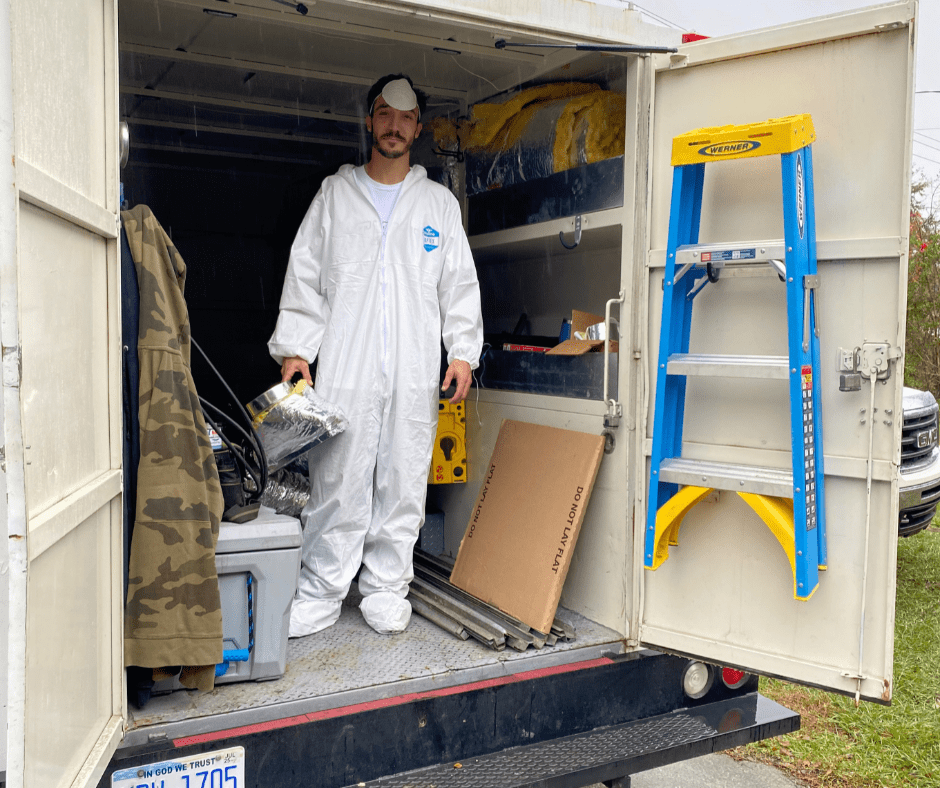
If you find that your ductwork is extremely dirty or notice mold growth, it’s time to reach out to a heating and air conditioning professional. Experts have the right equipment and training to address these issues safely and effectively. Mold in ducts can be a serious health hazard and requires specialized treatment that goes beyond what standard cleaning can achieve.
Additionally, if your ducts are particularly hard to reach or navigate, a AC or heating repair professional can ensure a thorough job without causing damage to your HVAC system. They have the tools to get into tight spaces and remove stubborn debris that a household vacuum or basic tools might miss.
If you’ve tried cleaning your ducts and still experience poor air quality, increased allergies, or unusual HVAC performance, this could indicate deeper problems that need professional attention. Persistent issues like these may signal blockages, leaks, or other problems within the system that require expert diagnosis and repair.
Professional heating and air contractors can also provide a more comprehensive HVAC cleaning service, which includes disinfecting and deodorizing the ducts. This added layer of cleaning helps to eliminate bacteria, viruses, and lingering odors, contributing to a healthier living environment.
In homes with older HVAC systems, professional inspections and cleaning can help identify parts that may need repair or replacement. This proactive approach to clean your ductwork can prevent breakdowns and improve your HVAC systems efficiency, ultimately saving you money on energy bills and costly repairs.
For homes with pets, professional air duct cleaning can effectively remove pet hair and dander that accumulate over time, improving air quality and reducing allergens.
Investing in a professional HVAC contactor to come and clean your ductwork every few years can help maintain your heating and air condtioning system’s efficiency and longevity. They also offer peace of mind, knowing that your home’s air quality is being managed by trained HVAC professionals.
Maintaining Clean Ductwork
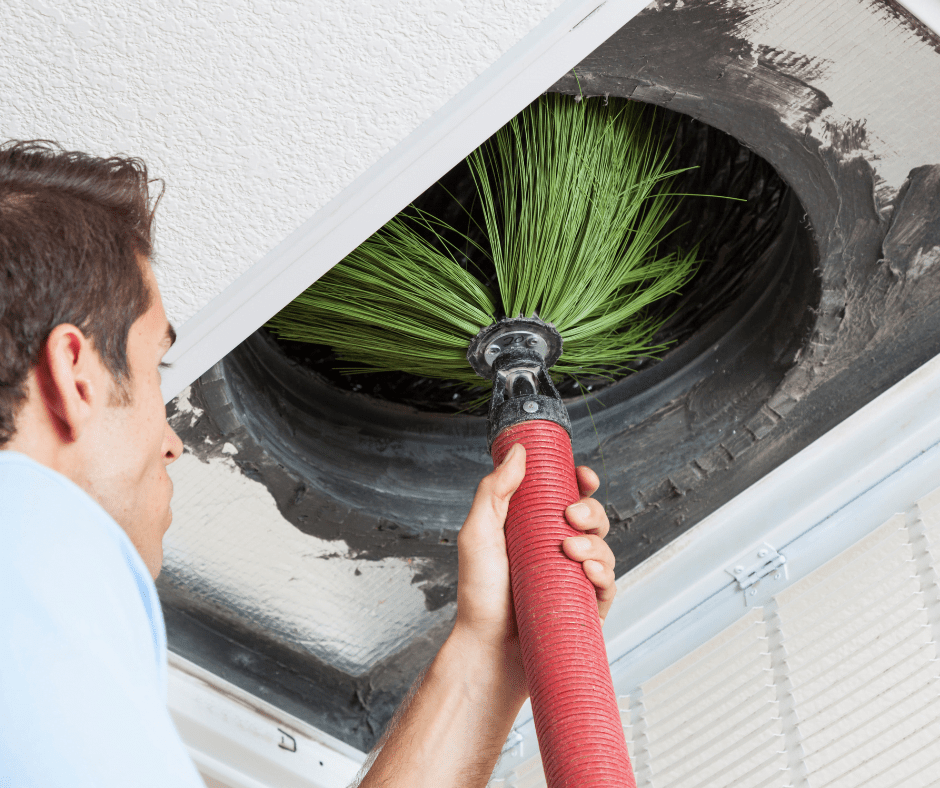
Maintaining clean ductwork is essential for preserving good air quality and ensuring your HVAC system functions efficiently. Start by regularly replacing your HVAC filters, ideally every 1-3 months, based on how much you use the system and the type of filter you have. Clean filters trap dust, allergens, and other particles before they can enter your ductwork, helping to keep it cleaner for longer.
Regularly vacuuming and dusting your home can significantly reduce the amount of dirt and debris that ends up in your ducts. Pay special attention to high-traffic areas and places where dust tends to accumulate, like carpets, rugs, and upholstered furniture. Keeping floors and surfaces clean minimizes the amount of dust that can be drawn into the HVAC system.
If you have pets, frequent grooming and cleaning of pet areas can help manage pet hair and dander, both of which can quickly clog up your ducts. Using air purifiers around the house can also help capture airborne particles before they reach your HVAC system.
Sealing any gaps or cracks in your ductwork can prevent dirt, dust, and other contaminants from entering the system. It also helps to improve the efficiency of your HVAC system by ensuring that the air flows smoothly through the ducts without escaping. If you’re unsure about how to seal ducts properly, consider consulting an HVAC professional.
Scheduling routine professional HVAC inspections can catch issues before they become major problems. These experts can identify and address potential sources of contamination and make sure your ductwork is in good condition.
Lastly, consider installing a whole-house dehumidifier to control moisture levels in your home. High humidity can lead to mold growth, which can contaminate your ducts and reduce air quality. Maintaining a balanced humidity level helps keep your ducts cleaner and your air fresher.
By adopting these practices to clean your ductwork, you can help ensure your air ducts remains clean, promoting a healthier living environment and prolonging the life of your HVAC system.
Conclusion
You are now equipped with the knowledge and proper steps to take to sucessfully clean your ductwork system at your home or office. If you feel as if you cannot perform the tasks you have learned here today without causing damage to your heating and cooling system, we highly suggest contacting the best HVAC company in your area for help.
For more tips on residential and commercial HVAC repair, installation, and maintenance. Be sure to read our following related articles.


